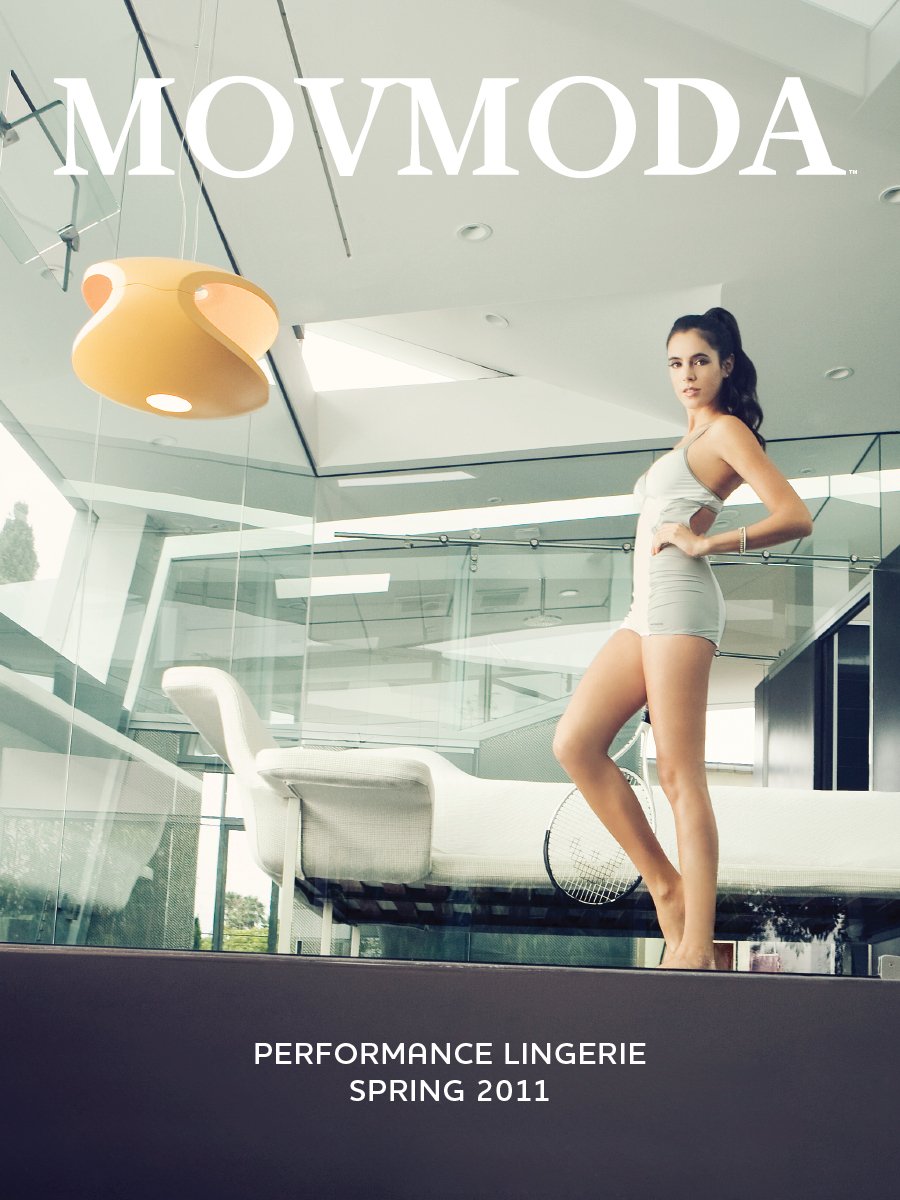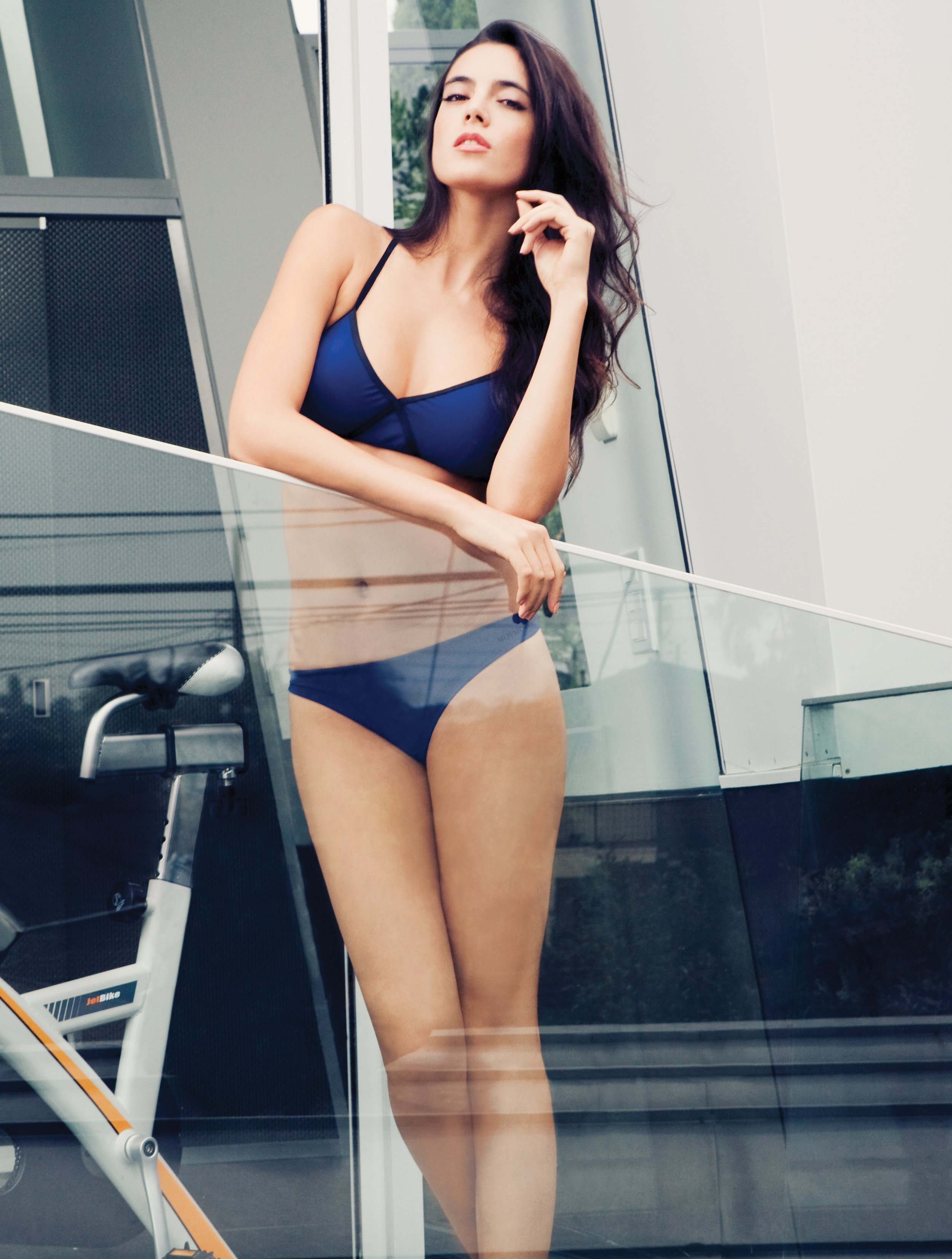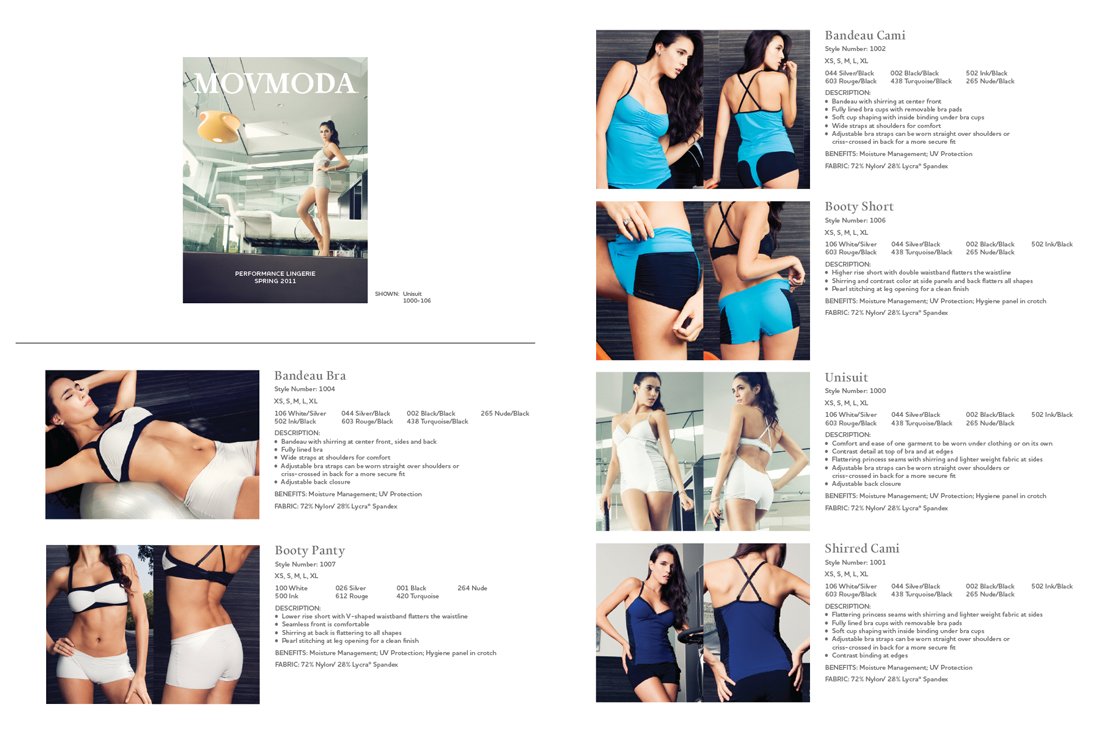MOVMODA
LOOK BOOK DESIGN
& PHOTO ART DIRECTION
Designed a luxury Look Book that doubled as a sales catalog. Art directed the shoot with a wonderful photographer and model at a beautiful modern house in Venice, CA.
-
I took their original schedule and budget and condensed it from 2 days to 1 day and from 2 lower cost models to 1 more expensive model and still had money left over for a better location and instead of paying crew 2 days we only needed to have them for 1 day. This eventually saved money and we produced a better brand look book for less money.
-
Schedule and block out your shots after doing a walk through with the photographer. Get on the same page on what you’re looking for and plan out everything and stick to the schedule. Know when to direct the crew to set up shot #2 while you’re in the middle of shot #1 and so on. Things go smoother and it’s less pressure on everyone.
-
Create and bring a shot list with you and check them off as you approve different scenes. It’s more for your reference that you shot the setup and you’re onto the next one. Later you can go through the photographers selects and pick the right shot for the layout.
A shot list might also include a series of apparel changes on the same set-up and other things you have to achieve before “striking the set” and going onto the next one.
-
If shot isn’t working don’t be afraid to switch it up and get a little spontaneous. Make sure you run it by the client. Never wait for them to tell you something isn’t working. Recognize it and move quickly to a new solution. Who knows, it might be better than the original idea.
-
Selecting the right paper for printing your beautiful catalog.
Have a vision and then double check with the printer before presenting to the client. Get some samples from the printer and send them to the client so they can feel and see what you’re talking about when meeting in person isn’t possible. Don’t take chances they don’t like the finished results. Get approval for EVERYTHING. It will cost you less when they buy-in with you. Make sure they understand your vision and address any issues they might have. Don’t force an idea. Really listen to them and then adapt your creativity to their expectations.





































